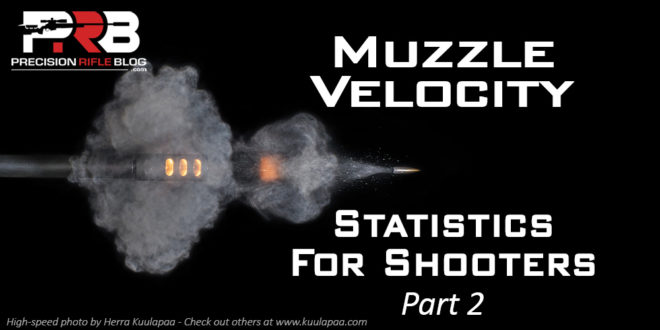I'm new to precision shooting and I'm designing a load for my Tikka CTR 6.5 cr.
I started my load development yesterday by doing a course bullet seating depth test to test group size. 6 shots each at 0.008", 0.045", 0.065", 0.085", and 0.125" off the lands. (No huge difference, prolly go with 0.065" and call it a day.)
My next step was going to be a ladder test with the powder to try to find a good node, but after reviewing the data from 30 rounds of the same charge I don't like what I see.
about 450 rounds down the barrel already
CCI LRP
Lapua
140 ELD's
H4350 @ 41.8gr
Chargemaster Lite
Magnetospeed
[30 rounds]
AV fps - 2685
SD - 16.5
ES - 63
(The Chargemaster was calibrated at the start and confirmed with a beam scale. It was a brand new, never opened jug of powder when I opened it.)
I know some of the difference may be because of the variations in seating depth, but even in the best group, 0.085", thoughs 6 bullets were:
AV fps - 2685
SD - 12
ES - 35
I should be getting better consistency shouldn't I?
What should I do?
I started my load development yesterday by doing a course bullet seating depth test to test group size. 6 shots each at 0.008", 0.045", 0.065", 0.085", and 0.125" off the lands. (No huge difference, prolly go with 0.065" and call it a day.)
My next step was going to be a ladder test with the powder to try to find a good node, but after reviewing the data from 30 rounds of the same charge I don't like what I see.
about 450 rounds down the barrel already
CCI LRP
Lapua
140 ELD's
H4350 @ 41.8gr
Chargemaster Lite
Magnetospeed
[30 rounds]
AV fps - 2685
SD - 16.5
ES - 63
(The Chargemaster was calibrated at the start and confirmed with a beam scale. It was a brand new, never opened jug of powder when I opened it.)
I know some of the difference may be because of the variations in seating depth, but even in the best group, 0.085", thoughs 6 bullets were:
AV fps - 2685
SD - 12
ES - 35
I should be getting better consistency shouldn't I?
What should I do?


